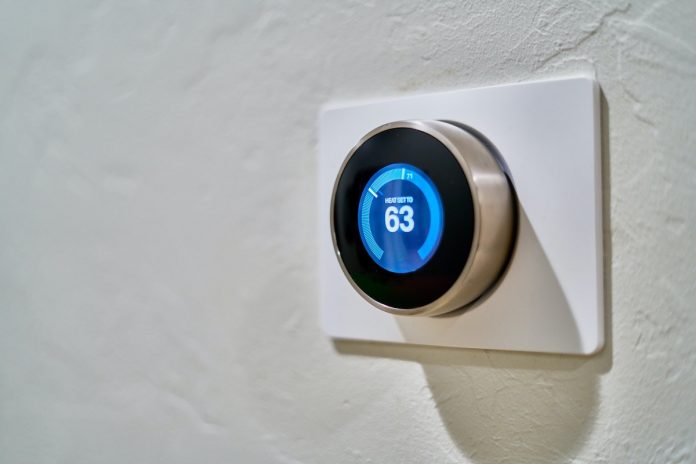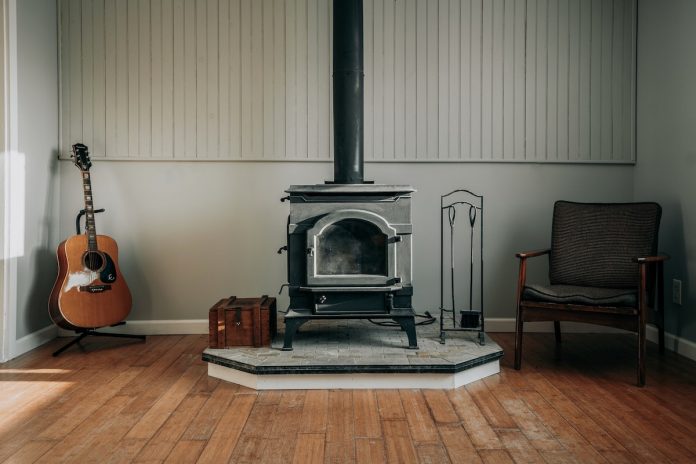6 Common Furnace Problems And How To Fix Them
In the past, furnaces were large and bulky, usually found in basements, garages, or attics. Today’s furnaces are more energy efficient and are smaller for easy installation. A wide range of sizes is available to accommodate any home in a residential or commercial setting. However, a furnace can sometimes stop working correctly, and you need to be prepared to solve the issues yourself or call an expert to repair it. Before you call a professional, read on to learn a few common furnace problems and how to fix them.
1. Check the Furnace Air Filter
The air filter is one of your furnace’s main and essential parts. It is designed to capture airborne particles and other impurities that can damage the heating system. So it’s vital to clean your air filter regularly and replace it when necessary.
The air filter should be checked every month or two, depending on the type of furnace you have and how often you use it. But if you don’t address the issue on time, it will shorten the lifespan of your furnace.
Luckily, most furnace problems are minor, and you can quickly fix them. But, if you’re inexperienced, call a local professional to help you. For instance, if you live in a big city like Ottawa, Canada, make sure you look for a furnace repair Ottawa-based company that will fix the problem in no time.
2. Check the Thermostat
A furnace is a heating system that uses gas, oil, or electricity to heat the air in a building. The thermostat controls the furnace and turns it on and off as needed. Once the furnace reaches the desired temperature, the thermostat will notify it, and the furnace will stop working for a while.
This makes furnaces energy and cost-efficient, as there is no need for the furnace to run constantly. Once the temperature drops, the thermostat will notify the furnace again and will continue heating your place.
If your furnace isn’t working properly, check the thermostat first. Usually, when the furnace has thermostat issues, it cannot reach the desired temperature, or it doesn’t turn off once it does. Either way, if you don’t address this problem on time, you’ll notice an increase in your energy bills.

3. Check the Power Supply
If you checked the thermostat and the air filter and everything looks fine, then it’s time to check the power supply to your furnace. Even gas furnaces are usually connected to a power supply, so don’t skip this step. If you don’t have any previous experience, don’t touch anything that represents a safety hazard.
You can solve this problem by cutting the power supply from your furnace, waiting for a couple of minutes, and re-establishing the connection. If the furnace starts working properly, there was some minor junction that got cleared up.
If this doesn’t change the situation, you should leave the furnace unplugged and call an electrician to solve the issue.
4. Check the Pilot Light
If you check the furnace and it is out, you will need to relight it. While you can relight the pilot on your own, be extra careful and read the instructions to find the proper steps to fix the problem.
Do not forget to turn off the gas for 10-15 minutes before trying to light the pilot light. If you start to smell gas, do not attempt to relight it further, and call a professional.

5. Check the Gas Supply
Gas supply errors should not be taken lightly, and if the problem doesn’t seem simple enough for you to solve, call a professional. Make sure that the gas valve is open to your furnace. If there is a disruption in gas supply, your heating system may be left without any fuel, resulting in troubleshooting.
If you detect a propane leak, you should leave the house immediately and contact your supplier to perform emergency repairs. Do not attempt to find the source of the smell or repair the problem alone.
6. Check Your Furnace Flame
The furnace flame should be a healthy, blue color with a slight yellowish tip. A blue flame means the gas furnace is efficiently and safely burning fuel.
Contact a professional immediately if the flame appears red, yellow, or purple. Do not attempt to change the furnace flame color by yourself.
Bottom Line
Common furnace problems can range from harmless to serious. Therefore, you need to be extra careful and follow the steps given to you by the furnace maintenance services. If you don’t feel confident enough to fix minor issues, it’s better to call a professional who will do it for you.





